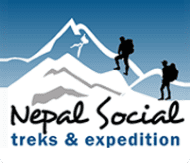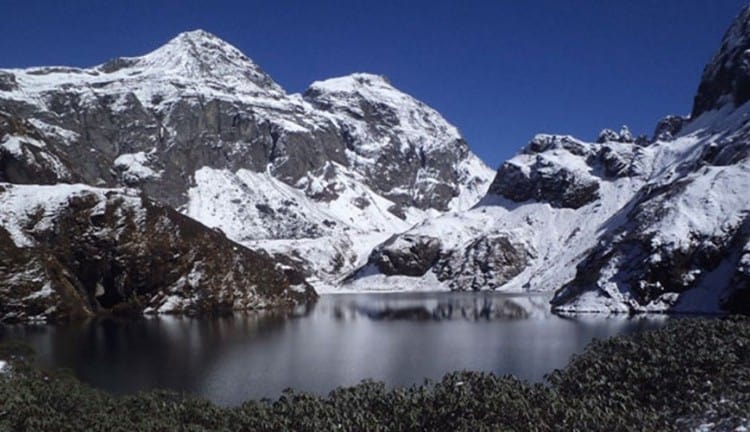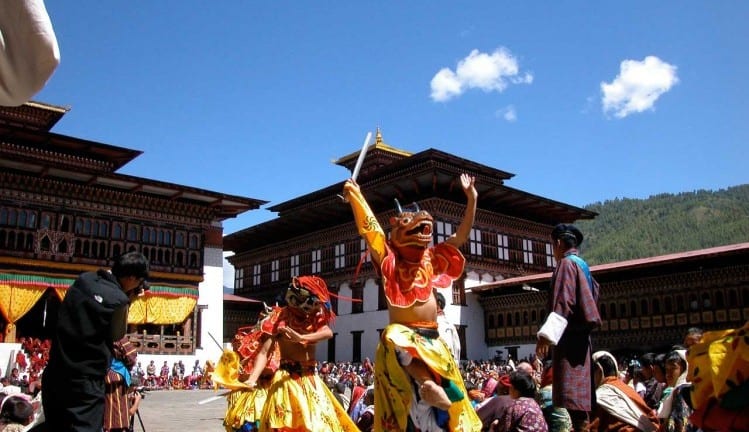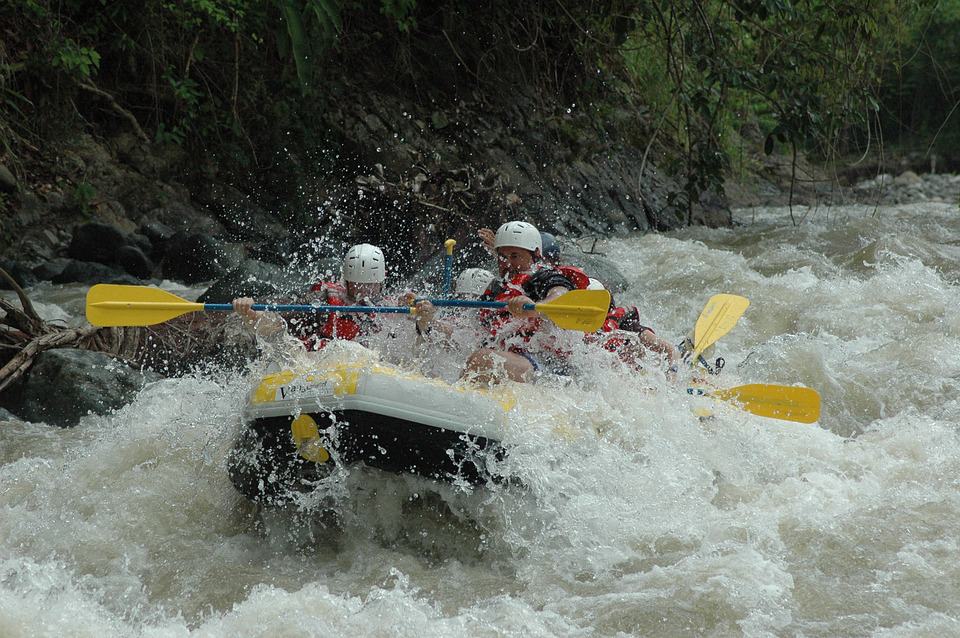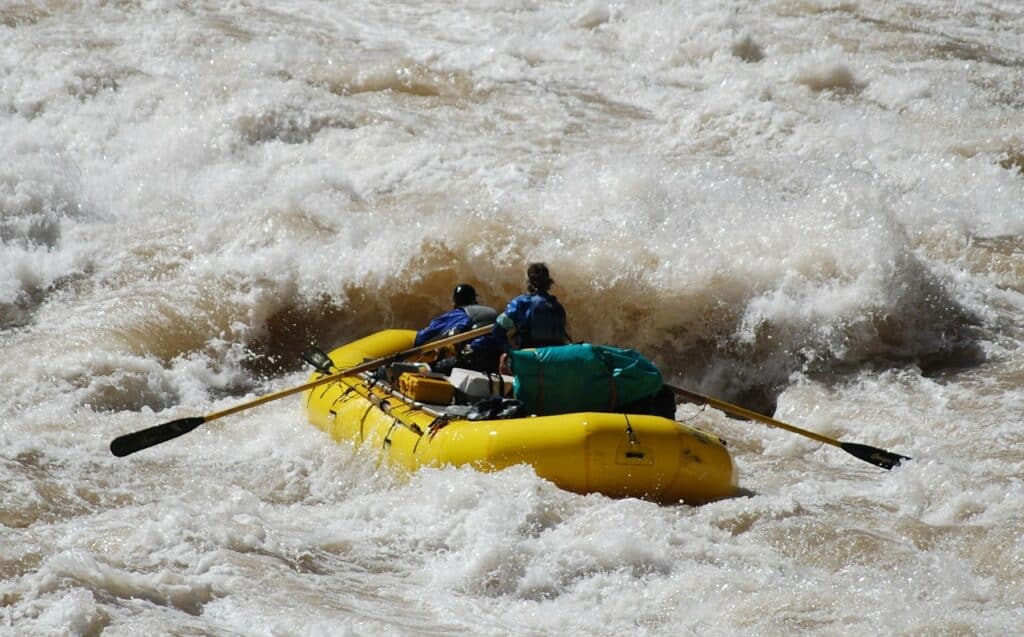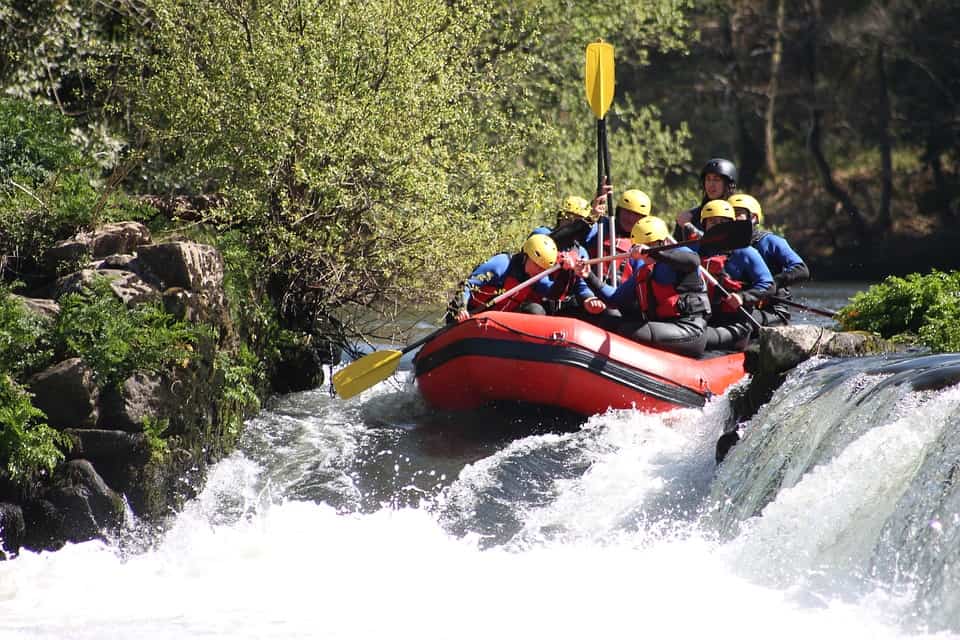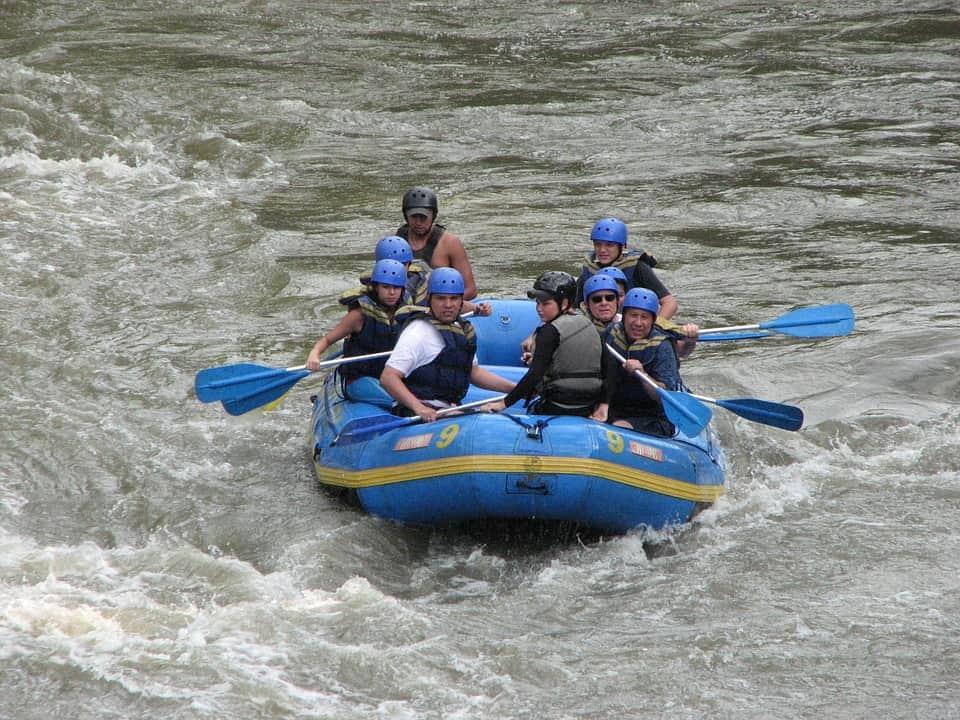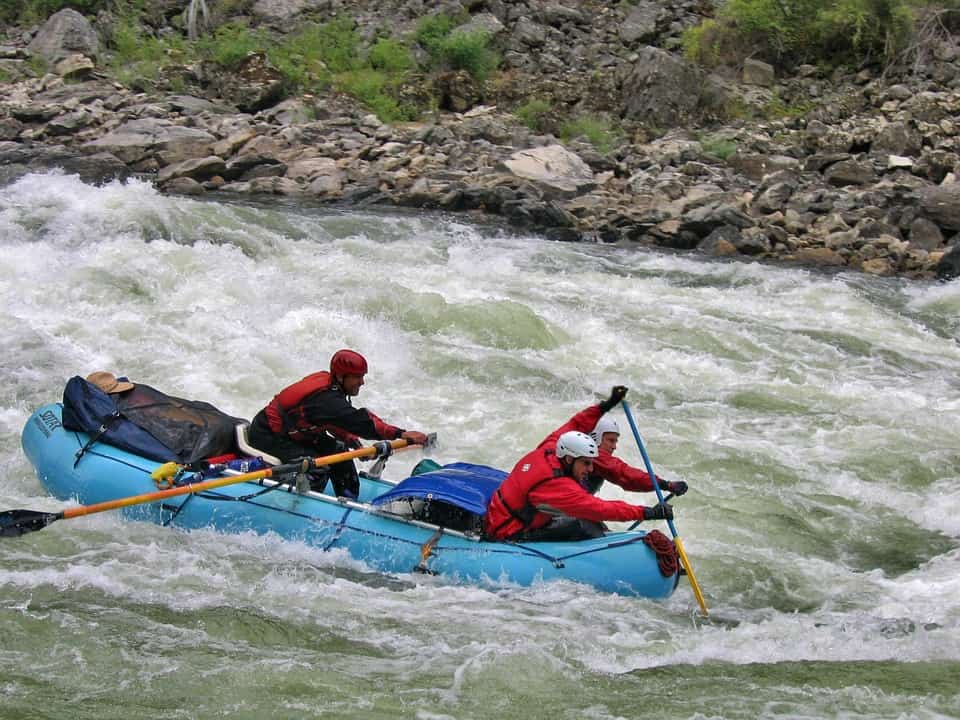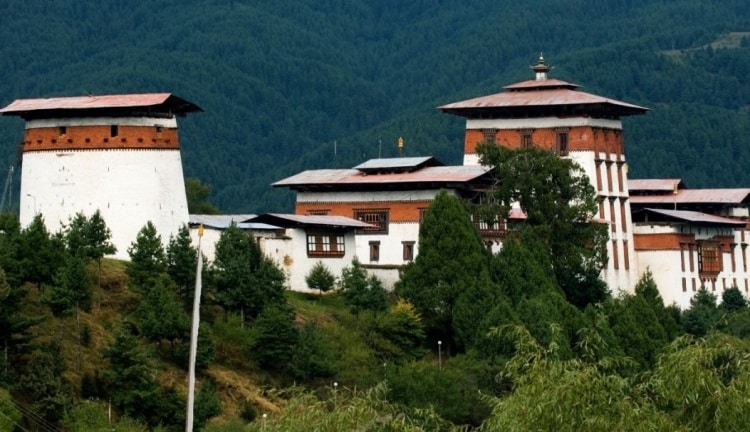- 114
- 20
- 1
- 17
- 5
- 9
- 7
- 3
- 1
- 4
- 1
- 9
- 2
- 6
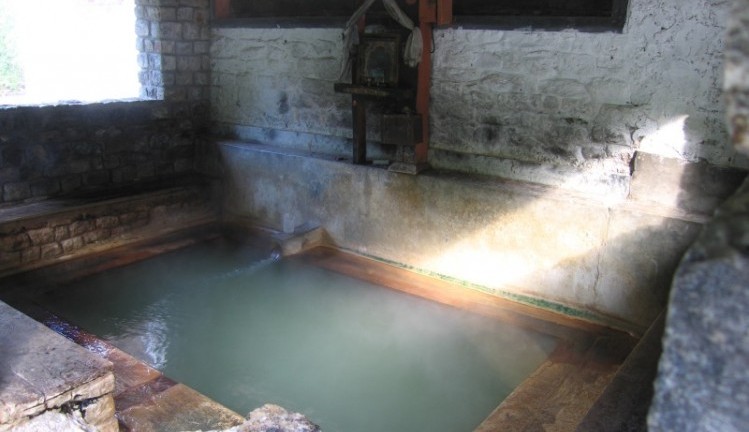

Bhutan
9 Days
There is no better way to feel the heartbeat of a country than through trekking. You’ll come across hidden villages; have impromptu meetings with yak...
$2,510
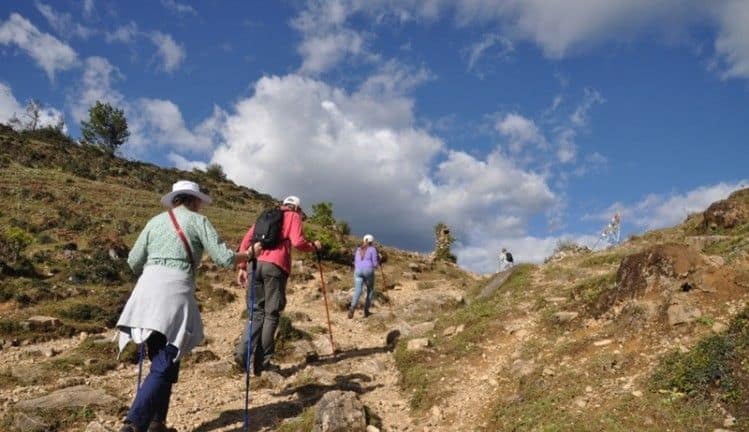

$2,660
Next Departure
Apr 28
Apr 29
Apr 30
Available through out the year:
View Trip- Jan
- Feb
- Mar
- Apr
- May
- Jun
- Jul
- Aug
- Sep
- Oct
- Nov
- Dec
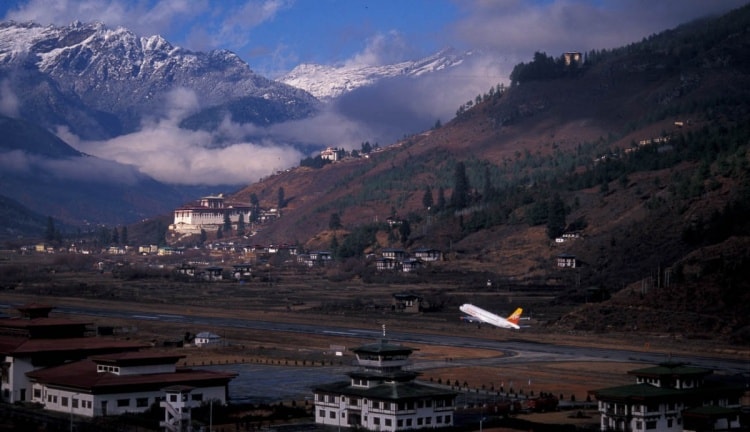

$1,910
Next Departure
Apr 28
Apr 29
Apr 30
Available through out the year:
View Trip- Jan
- Feb
- Mar
- Apr
- May
- Jun
- Jul
- Aug
- Sep
- Oct
- Nov
- Dec
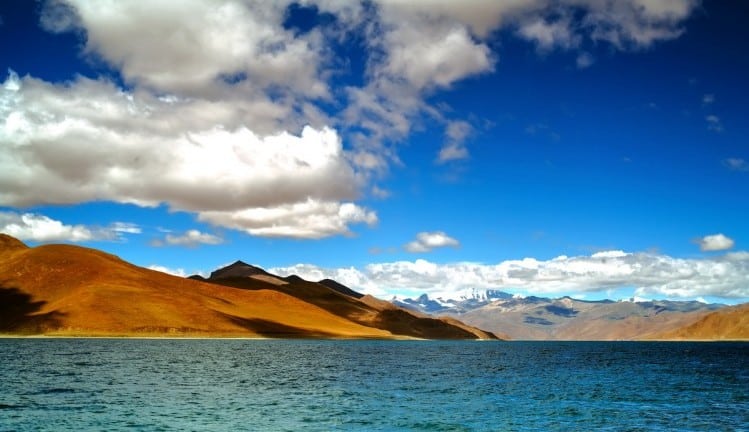

Bhutan
6 Days
<div id="pkg-description" class="rmrl-container"> <p class="item">Namtso Lake in the Tibet Autonomous Region was selected as one of the five most beautiful lakes in China by Chinese National Geography...
$880
Next Departure
Apr 28
Apr 29
Apr 30
Available through out the year:
View Trip- Jan
- Feb
- Mar
- Apr
- May
- Jun
- Jul
- Aug
- Sep
- Oct
- Nov
- Dec
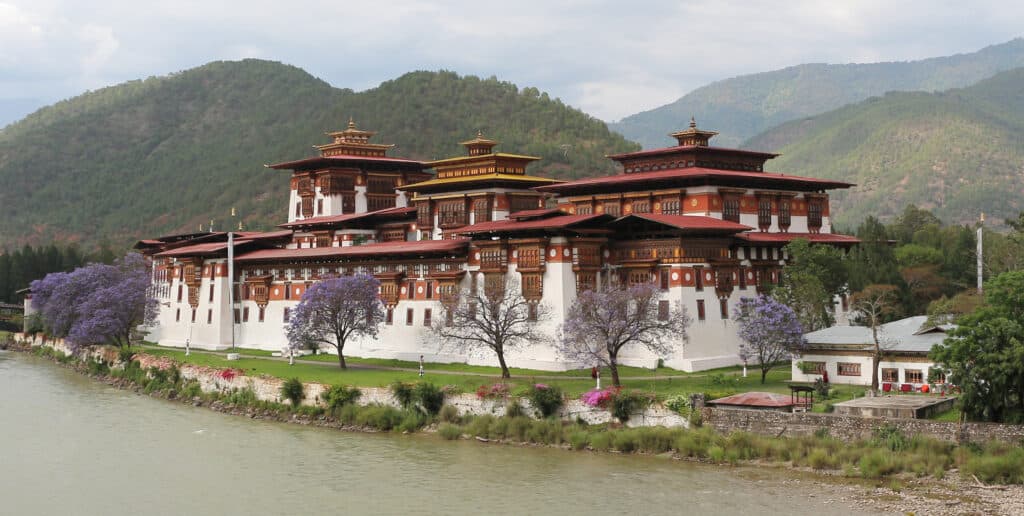

$950
Next Departure
Apr 28
Apr 29
Apr 30
Available through out the year:
View Trip- Jan
- Feb
- Mar
- Apr
- May
- Jun
- Jul
- Aug
- Sep
- Oct
- Nov
- Dec
